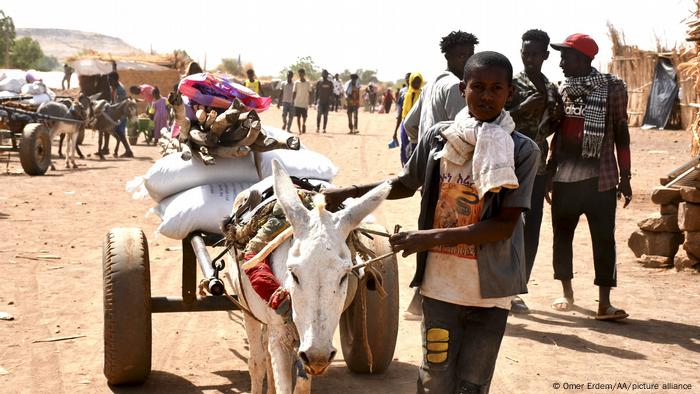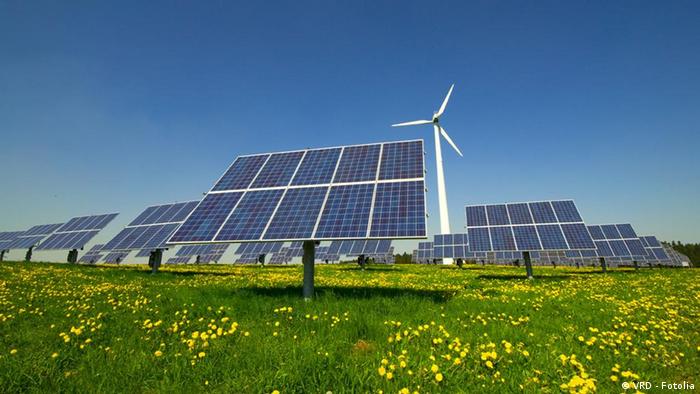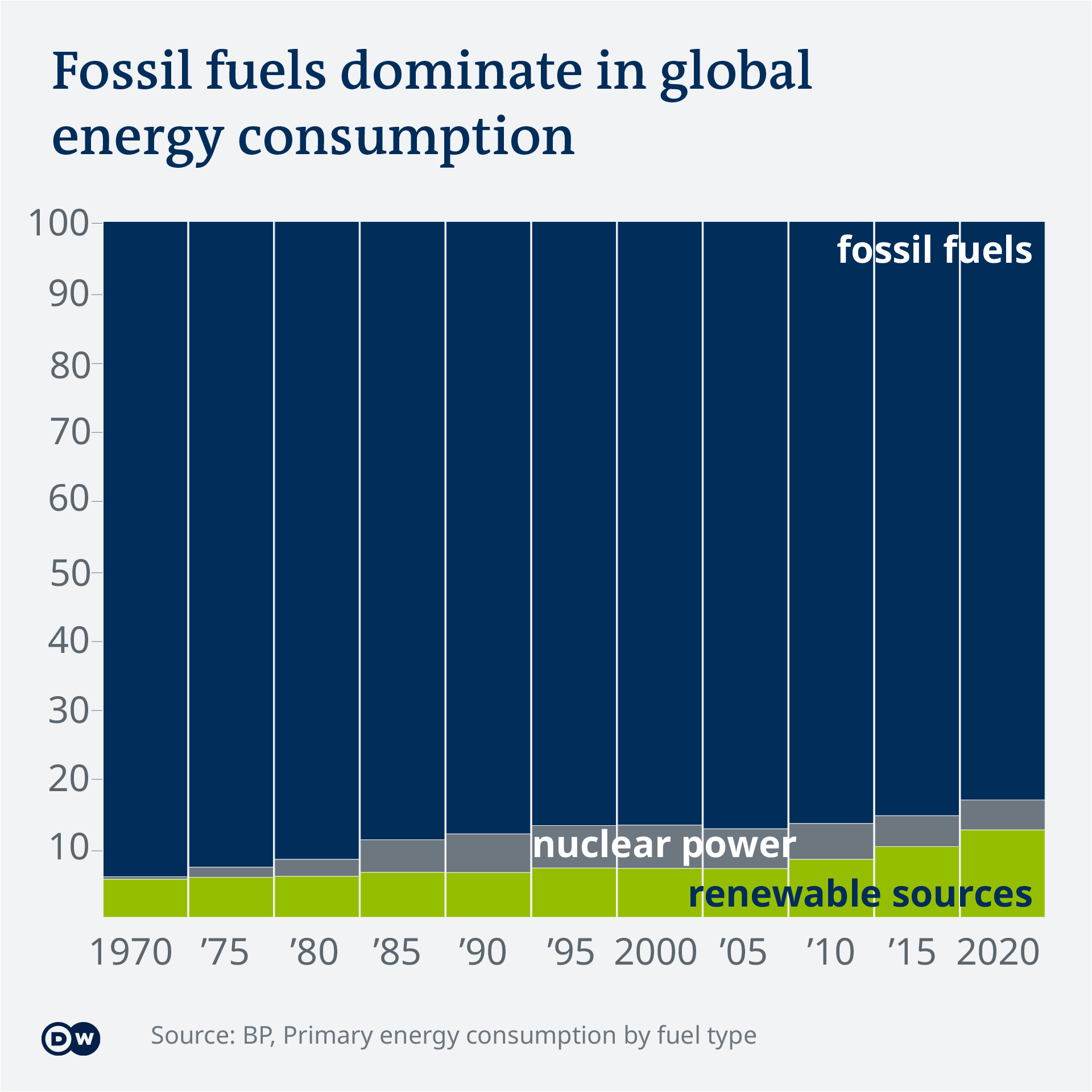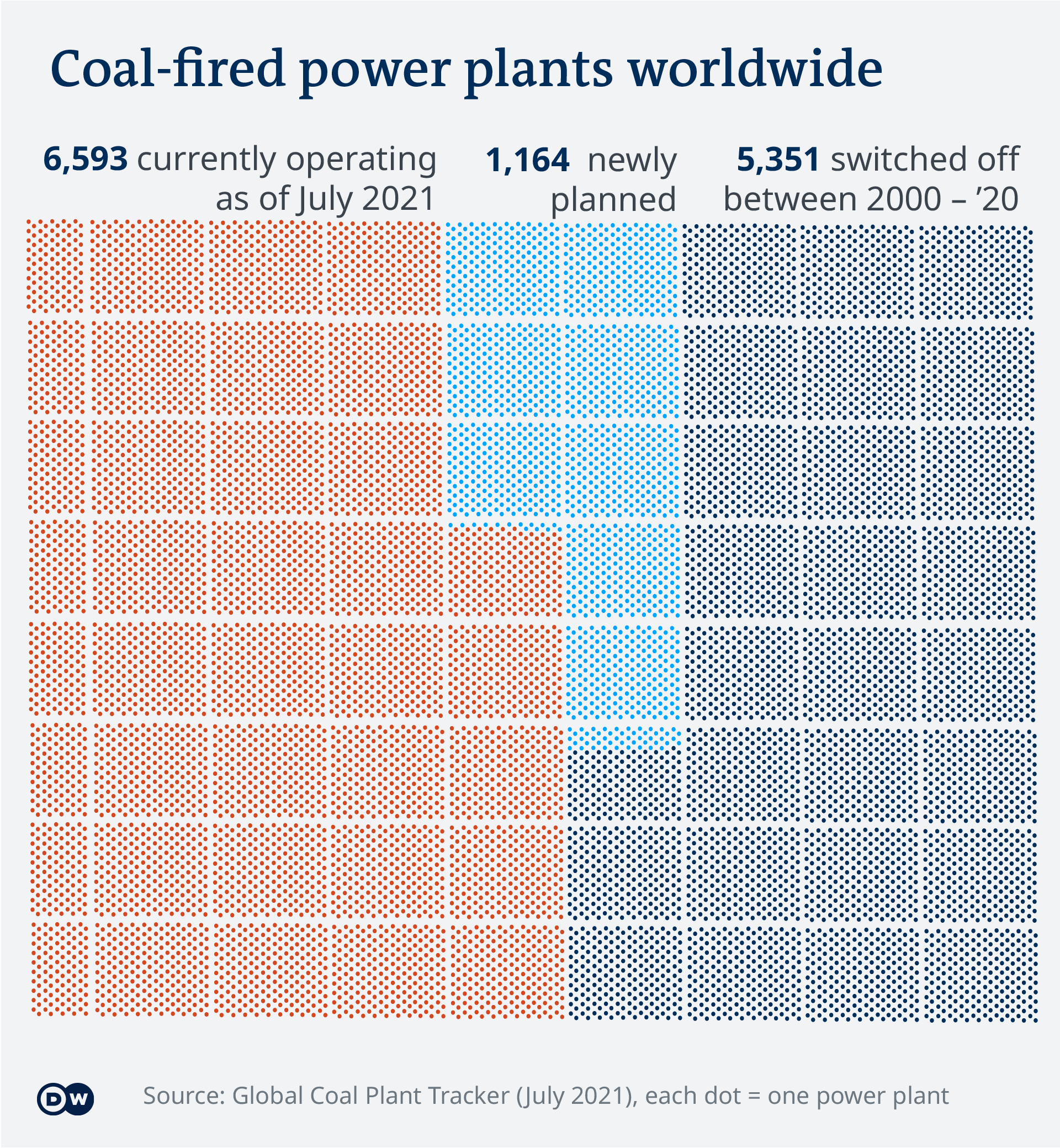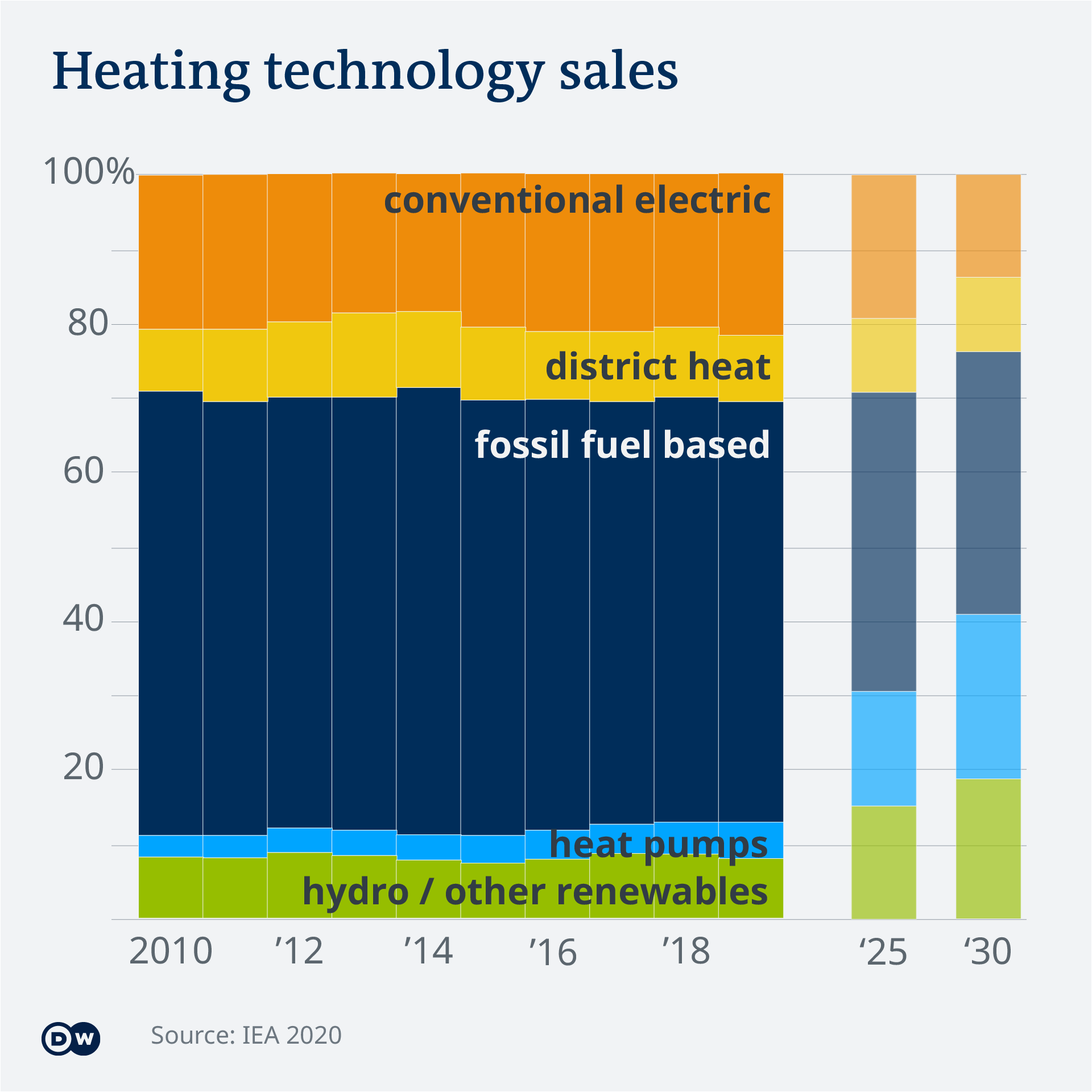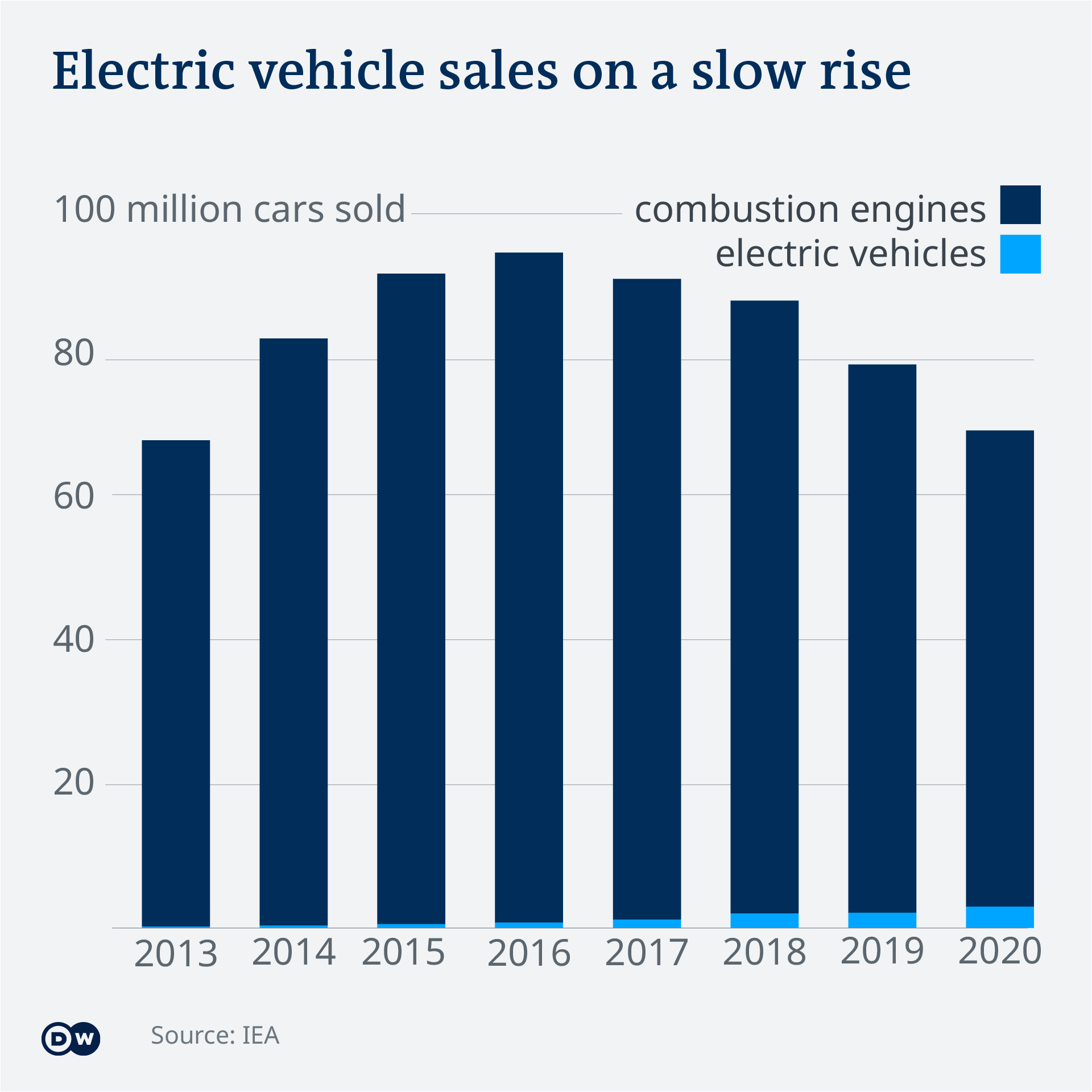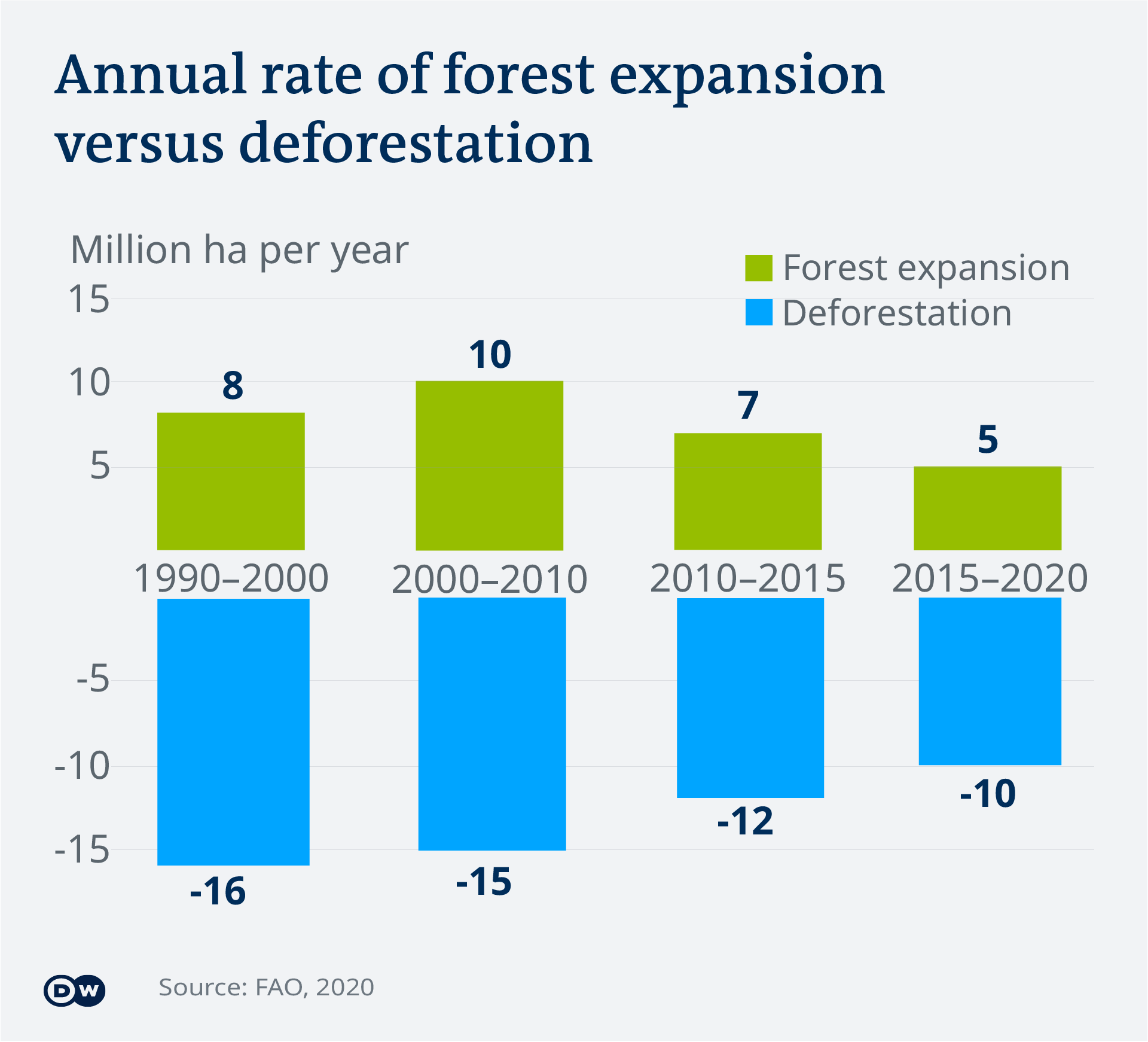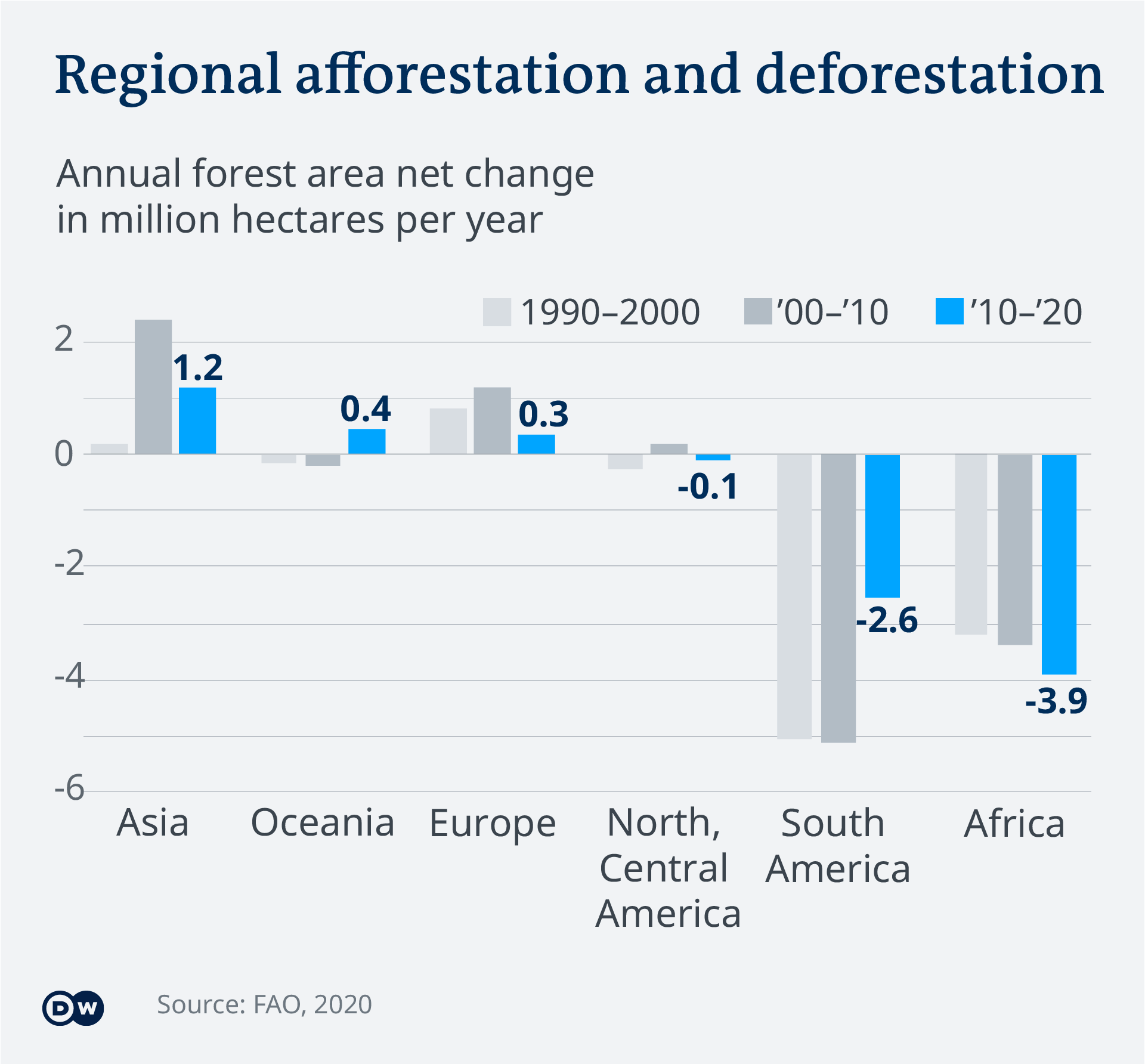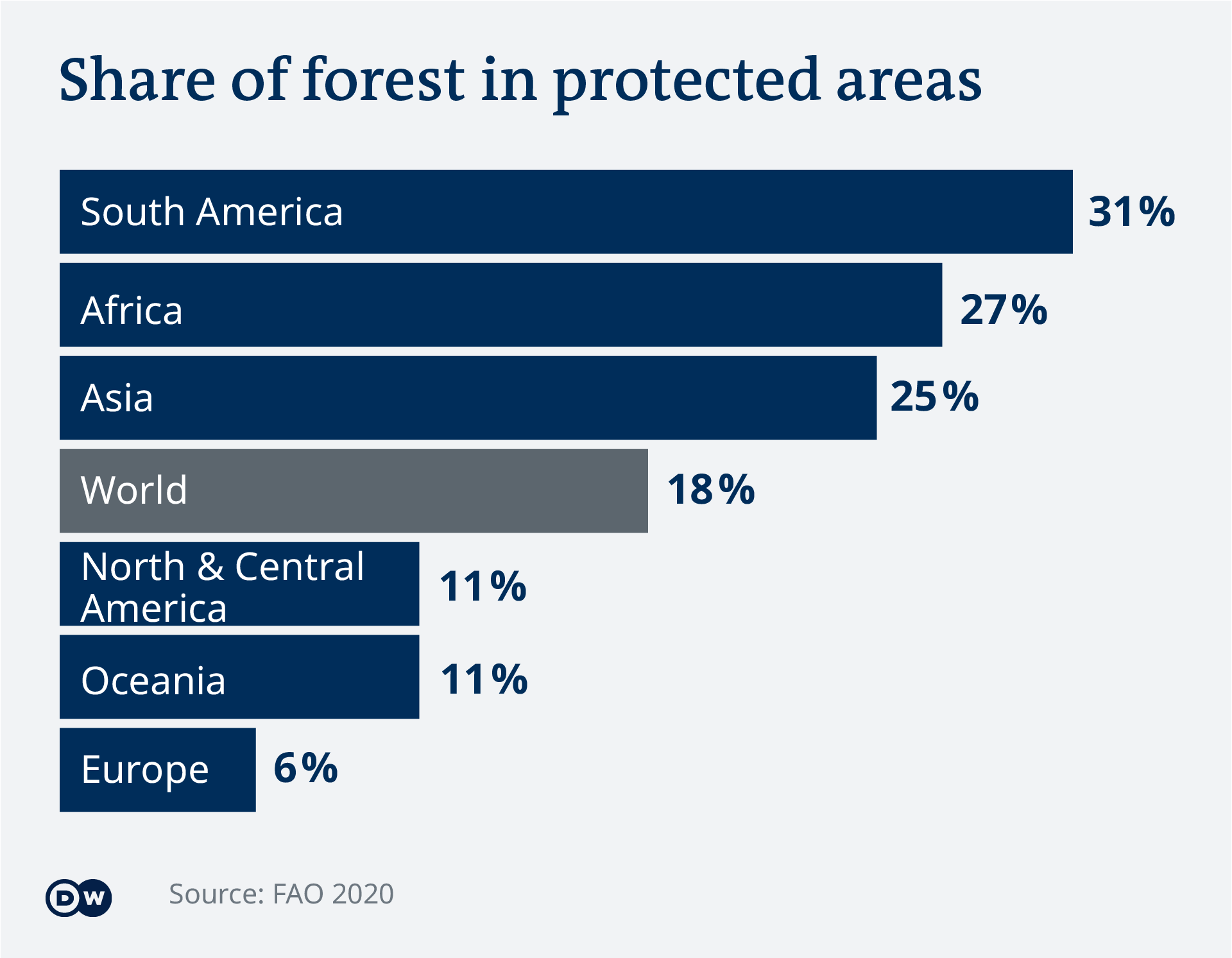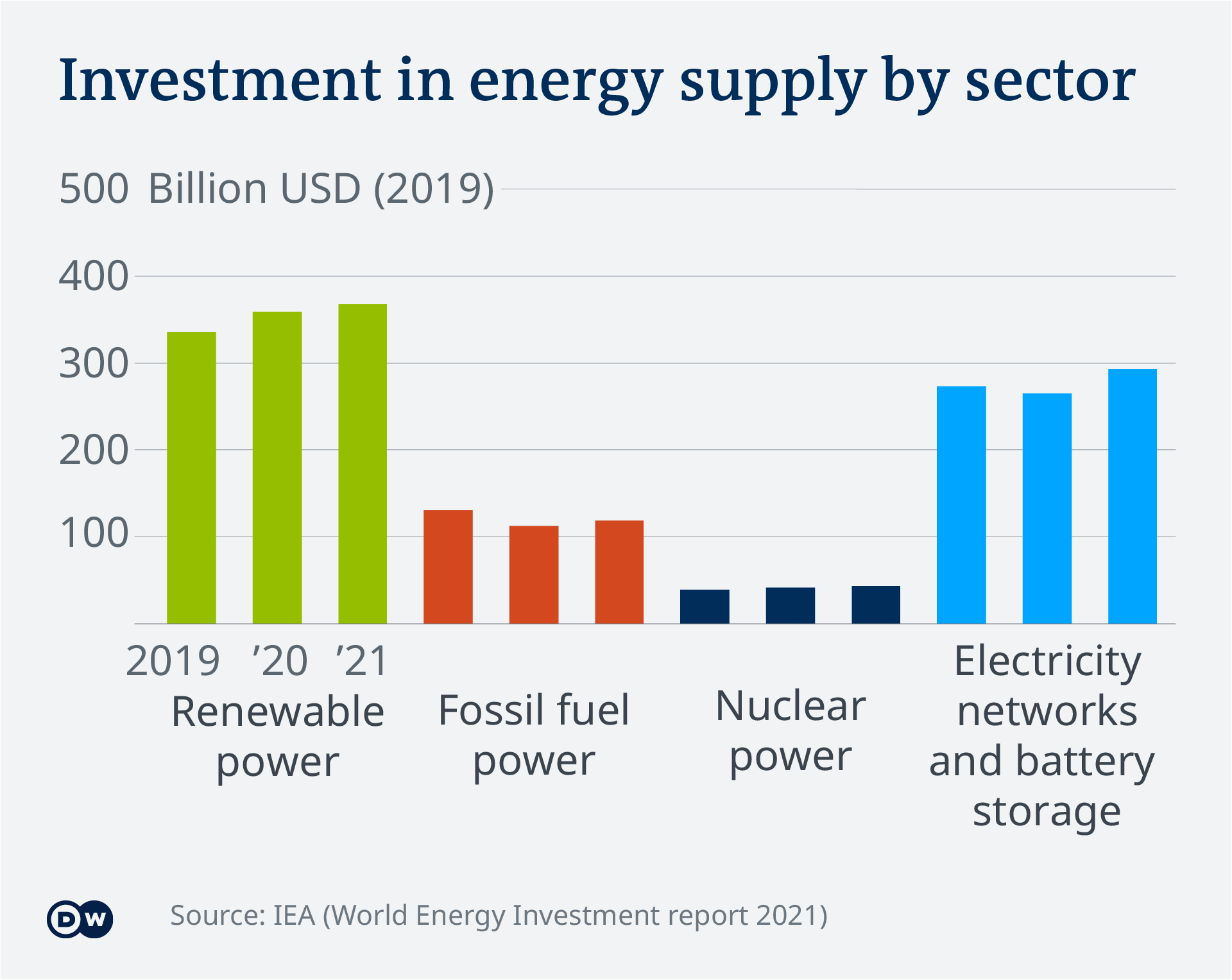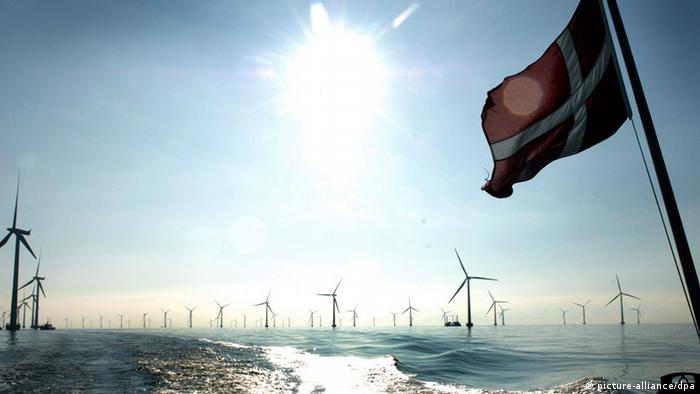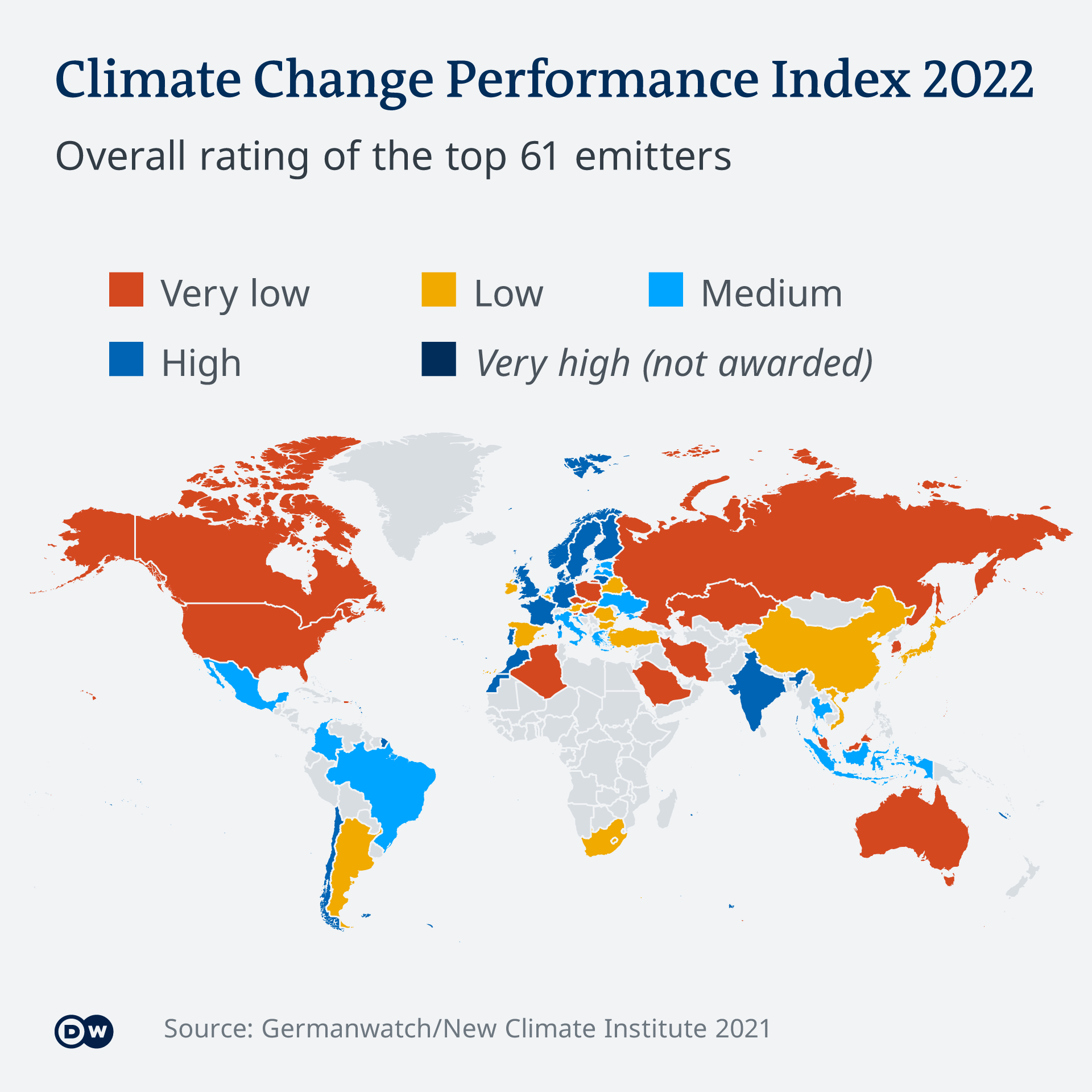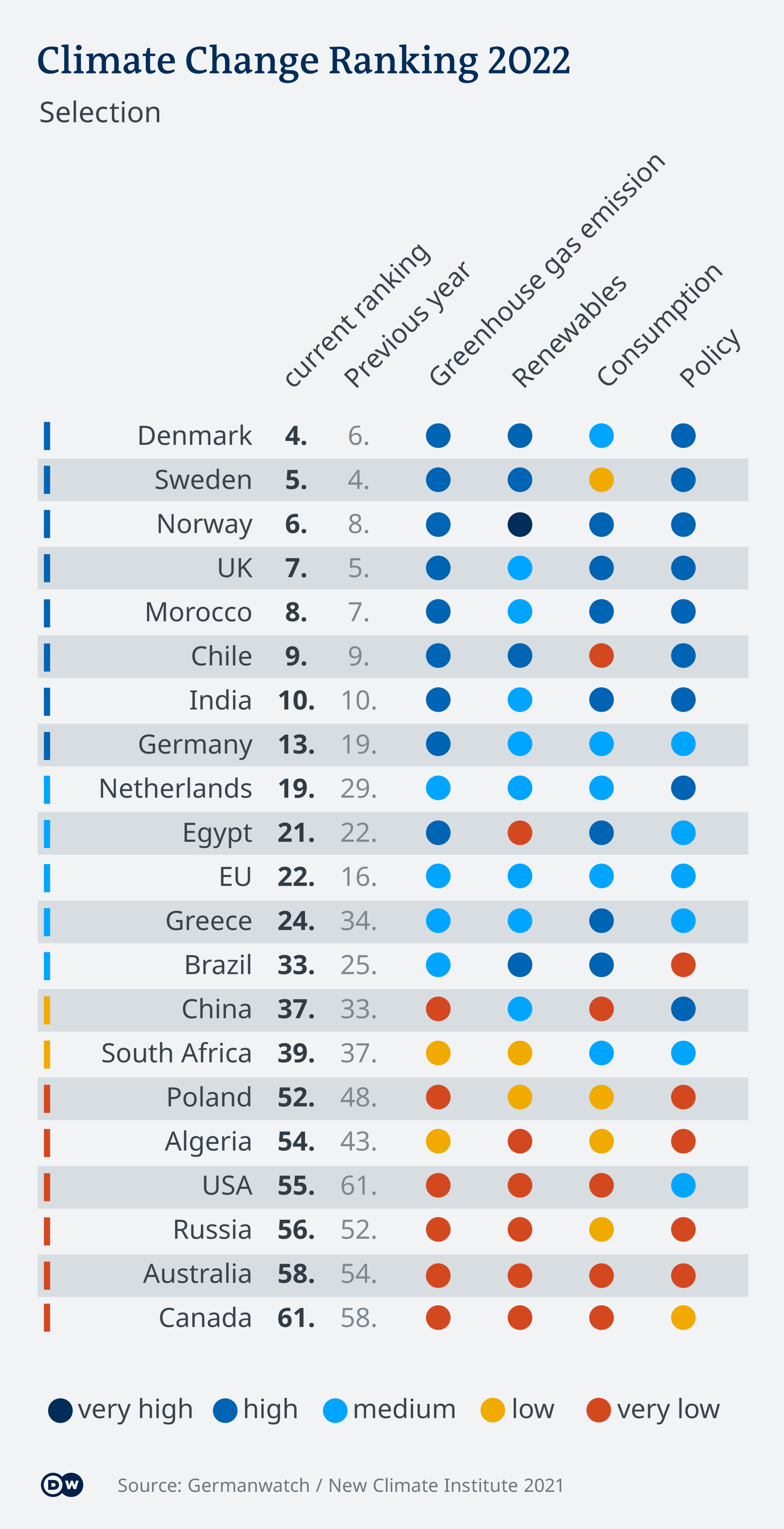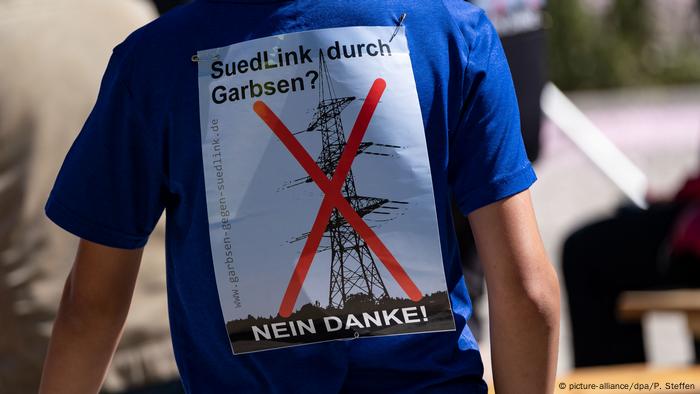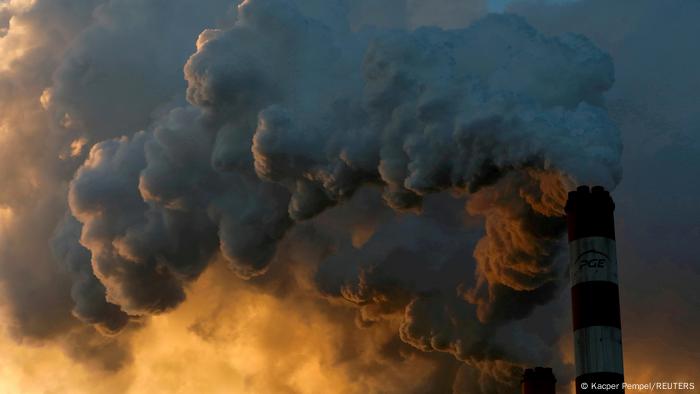By TANYA TITOVA and FRANK JORDANS

MOSCOW (AP) — A Russian island north of Japan has become a testing ground for Moscow’s efforts to reconcile its prized fossil fuel industry with the need to do something about climate change.
More than two-thirds of Sakhalin Island is forested. With the Kremlin’s blessing, authorities there have set an ambitious goal of making the island — Russia’s largest — carbon neutral by 2025.
Tree growth will absorb as much planet-warming carbon dioxide as the island’s half-million residents and its businesses produce, an idea the Russian government 4,000 miles to the west in Moscow hopes to apply to the whole country, which has more forested area than any other nation.
“The economic structure of Sakhalin and the large share of forestland in the territory and carbon balance distribution reflect the general situation in Russia,” said Dinara Gershinkova, an adviser to Sakhalin’s governor on climate and sustainable development. “So the results of the experiment in Sakhalin will be representative and applicable to the whole Russian Federation.”
The plan reflects a marked change of mood in Russia on climate change.
President Vladimir Putin joked about global warming in 2003, saying that Russians would be able to “spend less on fur coats, and the grain harvest would increase” if it continued.
Last year, he acknowledged that climate change “requires real actions and way more attention,” and he has sought to position the world’s biggest fossil fuel exporter as a leader in the fight against global warming.
The country’s vast forests are key to this idea.
“By aiming to build a carbon-neutral economy by no later than 2060, Russia is relying, among other things, on the unique resource of forest ecosystems available to us, and their significant capacity to absorb carbon dioxide and produce oxygen,” Putin said in a video address Nov. 2 to the U.N. climate summit in Glasgow, Scotland. “After all, our country accounts for around 20% of the world’s forestland.”
Scientists say that natural forms of removing carbon dioxide, the main greenhouse gas, from the atmosphere will indeed play a key role in tackling global warming.
Many of the countries at the climate summit rely on some form of absorbing emissions to achieve their targets of being “net zero” by 2050 — that is, emitting only as much greenhouse gas as can be captured again by natural or artificial means.
But experts say the math behind such calculations is notoriously fuzzy and prone to manipulation by governments, who have a vested interest in making their emissions figures look good.
“Russia makes an enormous contribution in the absorption of global emissions -– both its own and others’ -– by means of absorptive capacity of our ecosystems, firstly of forests, which is estimated at 2.5 billion (metric) tons of CO2 equivalent a year,” said Viktoria Abramchenko, deputy prime minister for environmental issues, speaking at a recent conference in St. Petersburg.
The figure came as a surprise to scientists contacted by The Associated Press. It constitutes a fivefold increase on the 535 million metric tons of CO2 absorption that Russia reported to the U.N. climate office for 2019.
Natalia Lukina, the director of the Center of Ecology and Productivity of Forests, a government-funded research institute, said the estimates are actually assumptions because “there is no real accurate data.”
“Unfortunately, our official information about forestland is 25 years old, then this data was updated somehow, but there were no direct measurements,” she said.
One problem is that nobody knows how many trees are in Russia’s forests.
Last year, its forestry body finished an inventory that took 13 years and cost at least $142 million, but it hasn’t been made public or shared with the scientific community.
Russia’s network of emissions monitoring stations is likewise limited, Lukina said.
Vadim Mamkin, a scientist who maintains one of the country’s 11 greenhouse gas measuring masts in the Tver region, said the carbon balance of such old forests is “usually about zero,” though figures vary about 10% from year to year.
Wildfires that burn millions of hectares of forest are another, increasingly pressing problem. Forests that have stored carbon for decades suddenly become big emitters when they burn, undoing an absorption effect, said Sergey Bartalev, head of the boreal ecosystems monitoring lab at the Space Research Institute.
Such fires are becoming increasingly frequent in Russia, partly due to climate change.
This year saw a record 13.1 million hectares burned, leading to emissions of 970 million metric tons of CO2 equivalent, according to an estimate by the European Union’s Copernicus Programme — almost twice as much as the last reported absorption.
Fire protection is now a priority in Moscow’s new strategy of low-carbon development.
Ahead of the climate summit, Putin declared that Russia plans to achieve carbon neutrality by 2060 — a goal similar to those set by China and Saudi Arabia — but a decade behind the midcentury deadline that the U.S. and EU are aiming for.
Scientists say that stopping additional emissions of greenhouse gas into the atmosphere by 2050 is the only way to achieve the Paris accord’s goal to keep the Earth’s warming below catastrophic levels of 1.5 degrees Celsius (2.7 degrees Fahrenheit) by the end of the century.
Russia sent a large delegation to the Glasgow summit, although Putin himself did not attend.
Environmental campaigns and other nations that are wary of giving Moscow a free pass while they ramp up their own efforts to cut emissions will be watching closely what Russian diplomats propose.
Vasily Yablokov, the head of Energy and Climate Sector at Russian Greenpeace, said Russia’s forest calculations will play a key role in its climate plan, and he fears that estimates would be made to “fit into the answer.”
One reason why Russia has a vested interest in minimizing its reported emissions in front of the United Nations is the prospect of a carbon tariff being mulled by the EU on imports from countries that are deemed to be not doing enough on climate.
“The role of forest is overestimated, unfortunately,” said Alexey Kokorin, the head of climate and energy program at WWF-Russia. “It would be good to trust that Russia will be able to increase the absorption as it is in the draft strategy, and all of us will do the best to achieve it, but it looks like it’s too much.”
—-
Jordans reported from Glasgow, Scotland.
__
Follow AP’s coverage of the climate summit at http://apnews.com/hub/climate


















